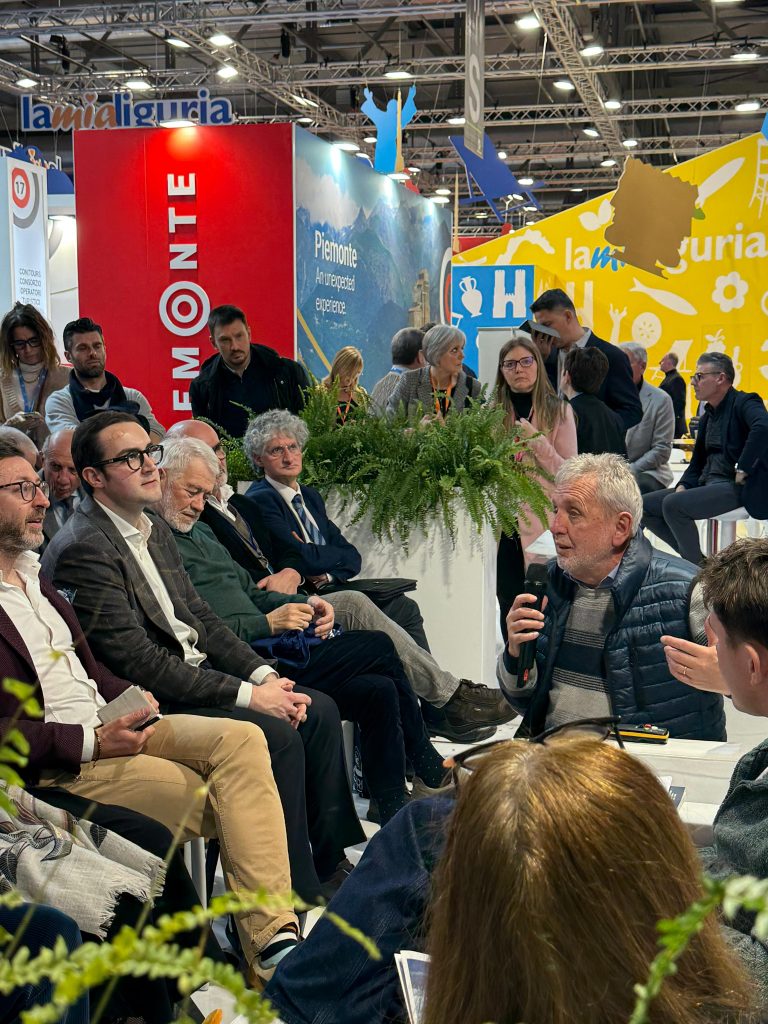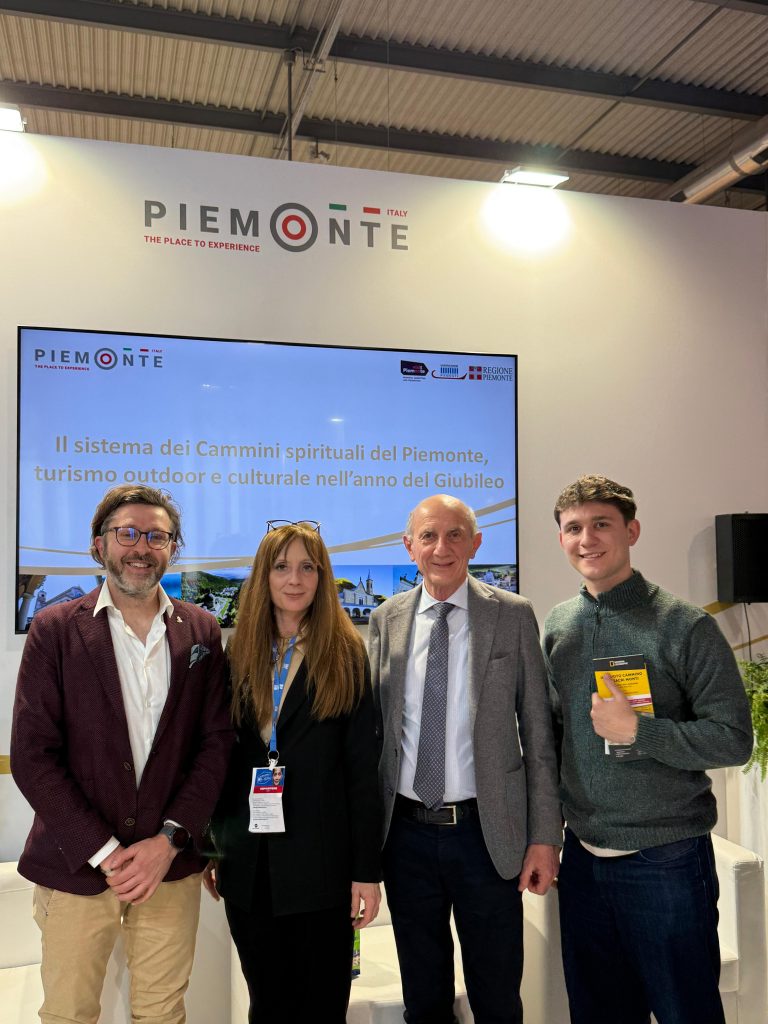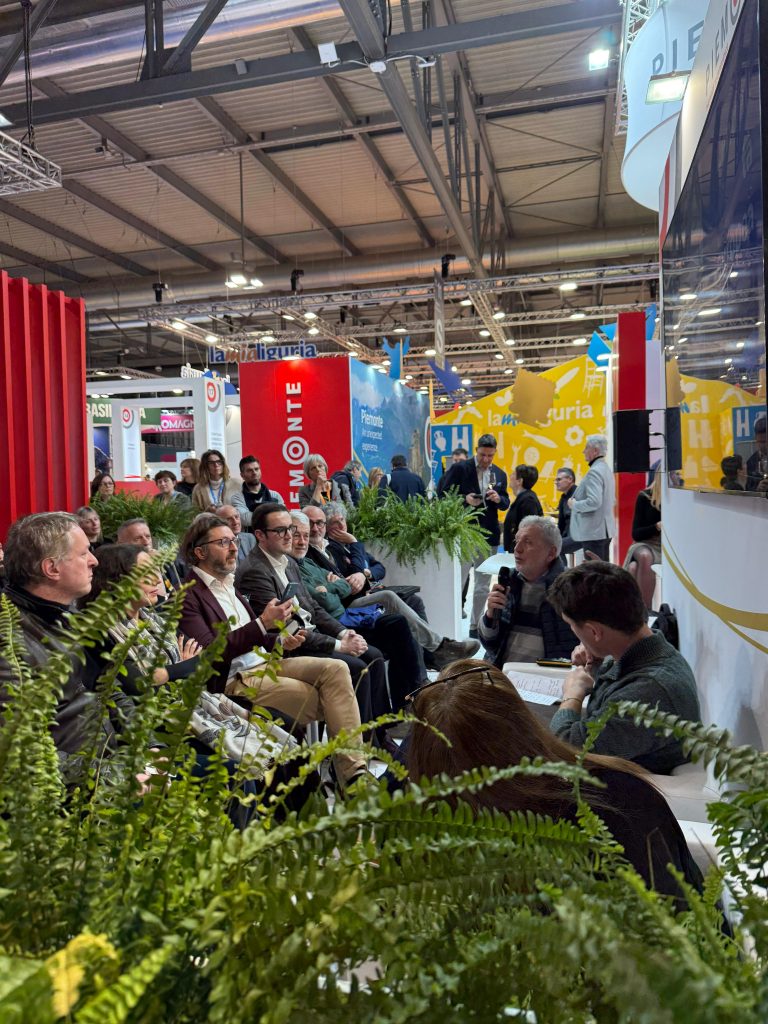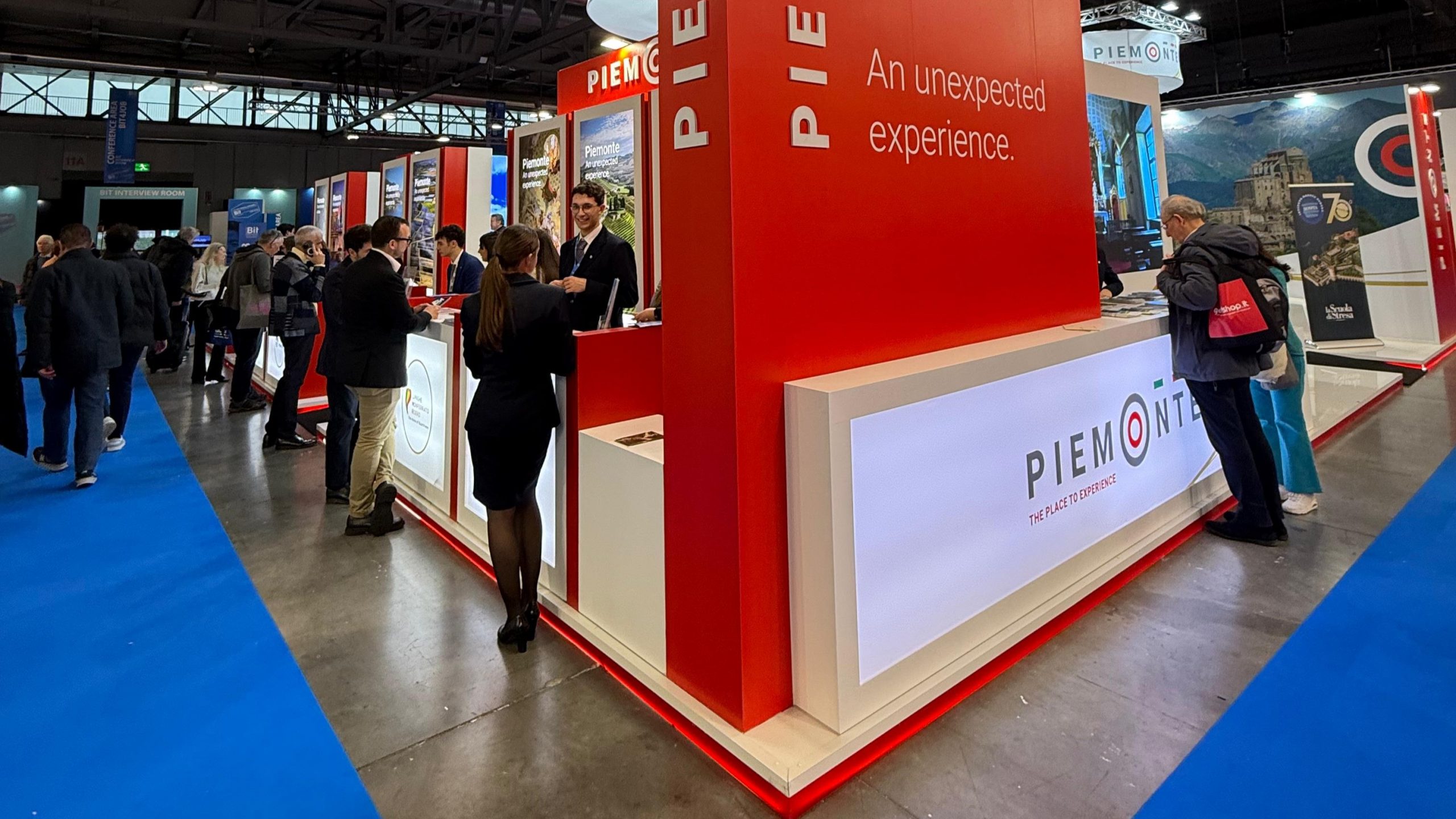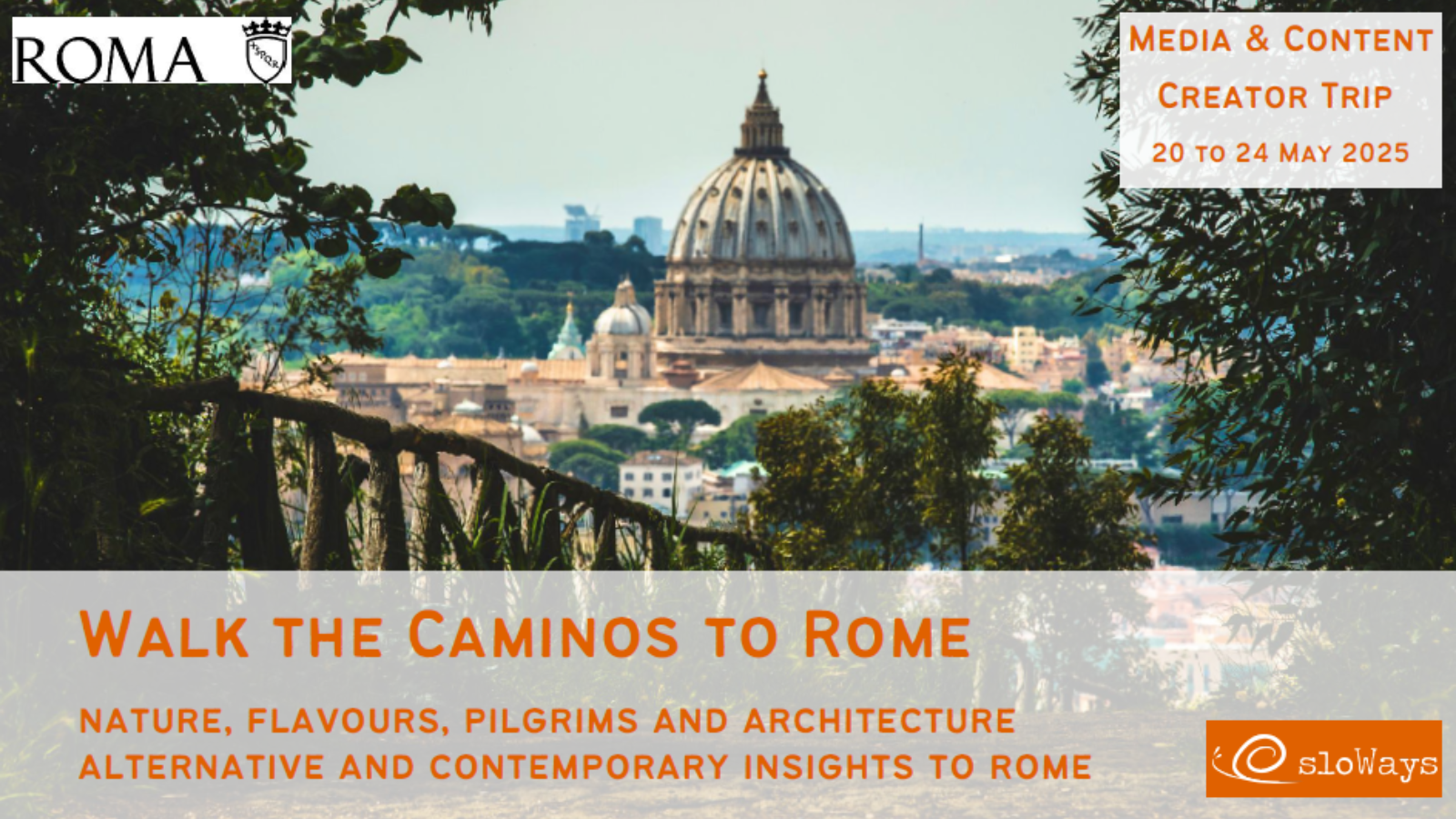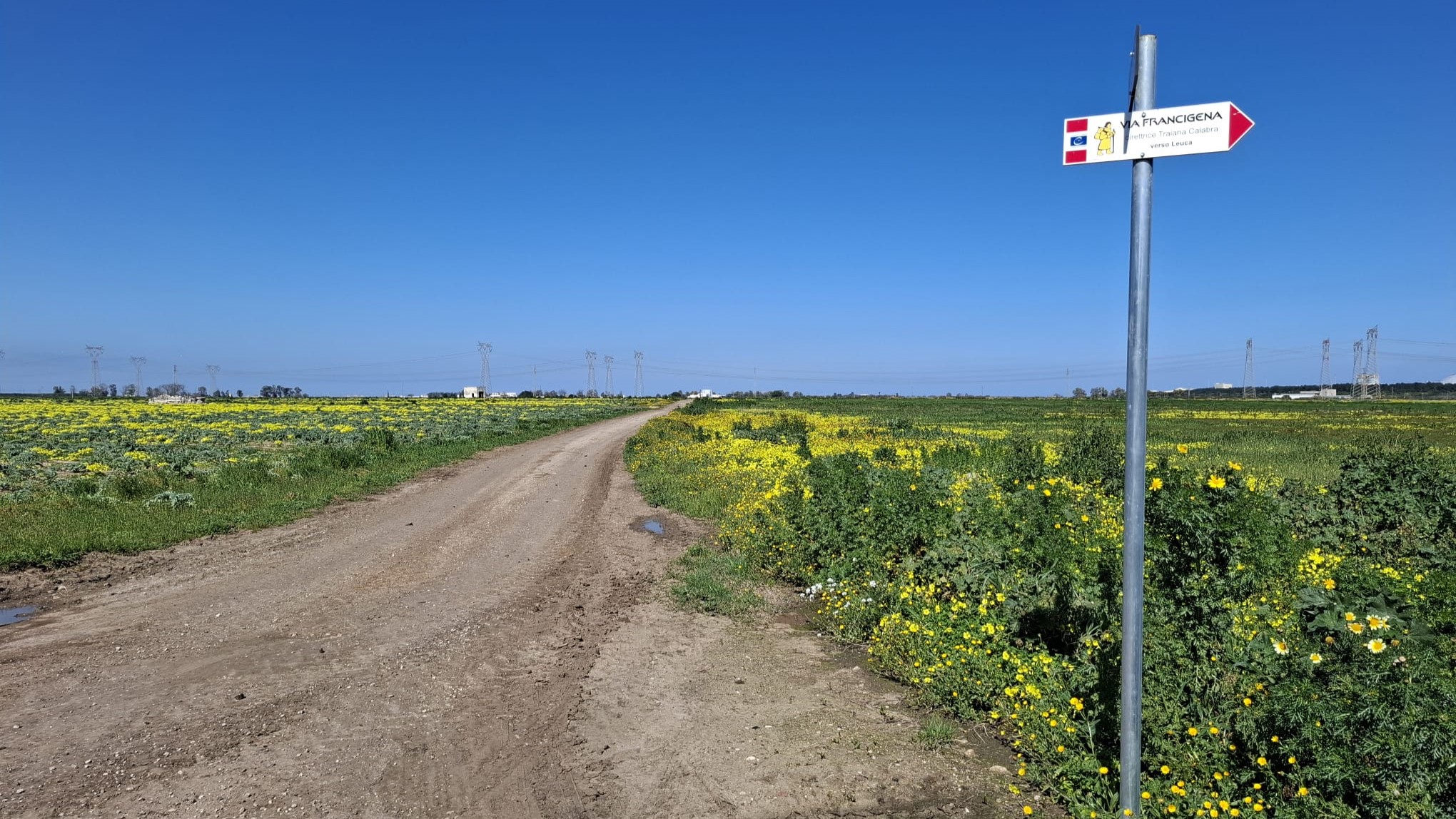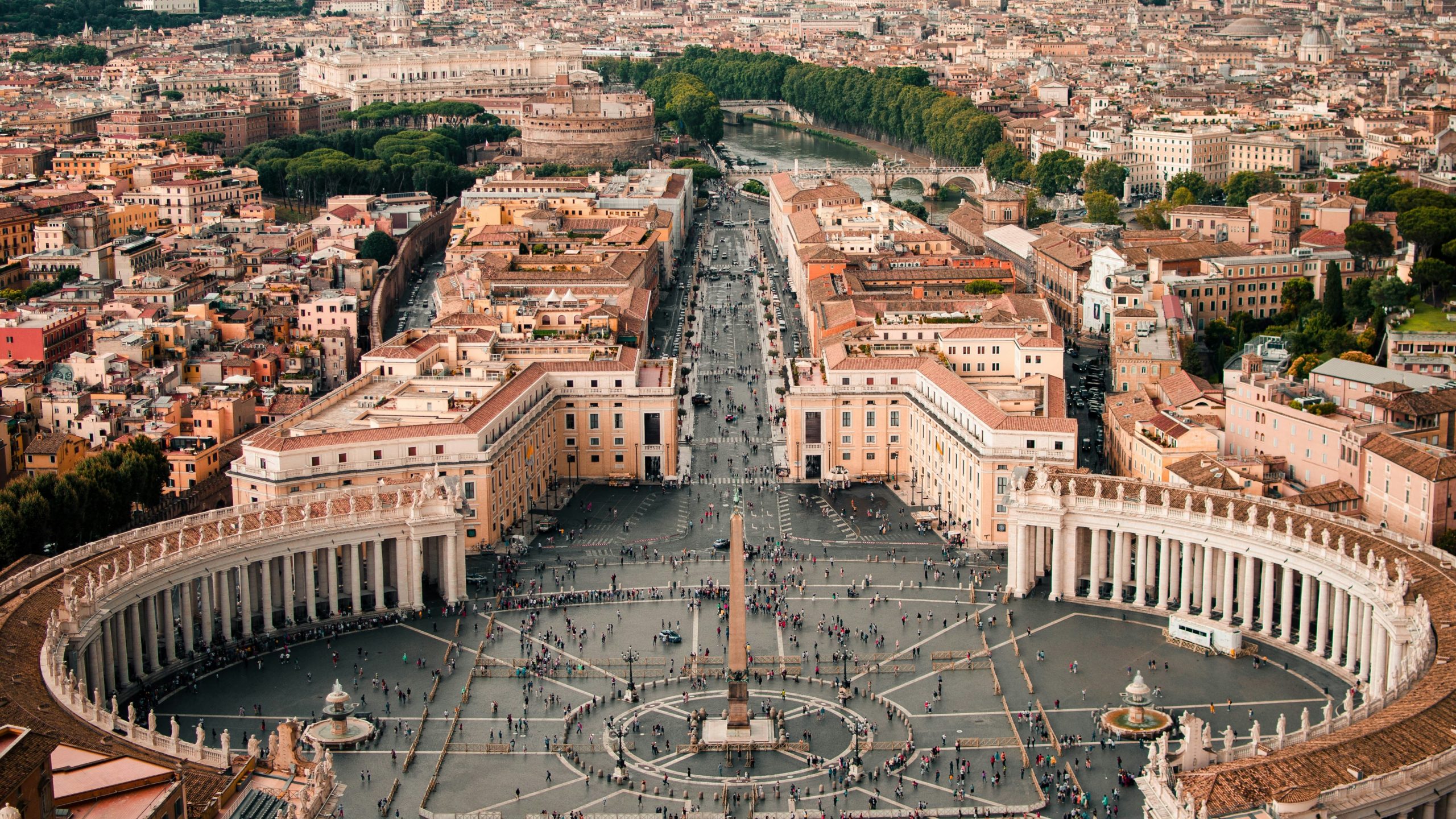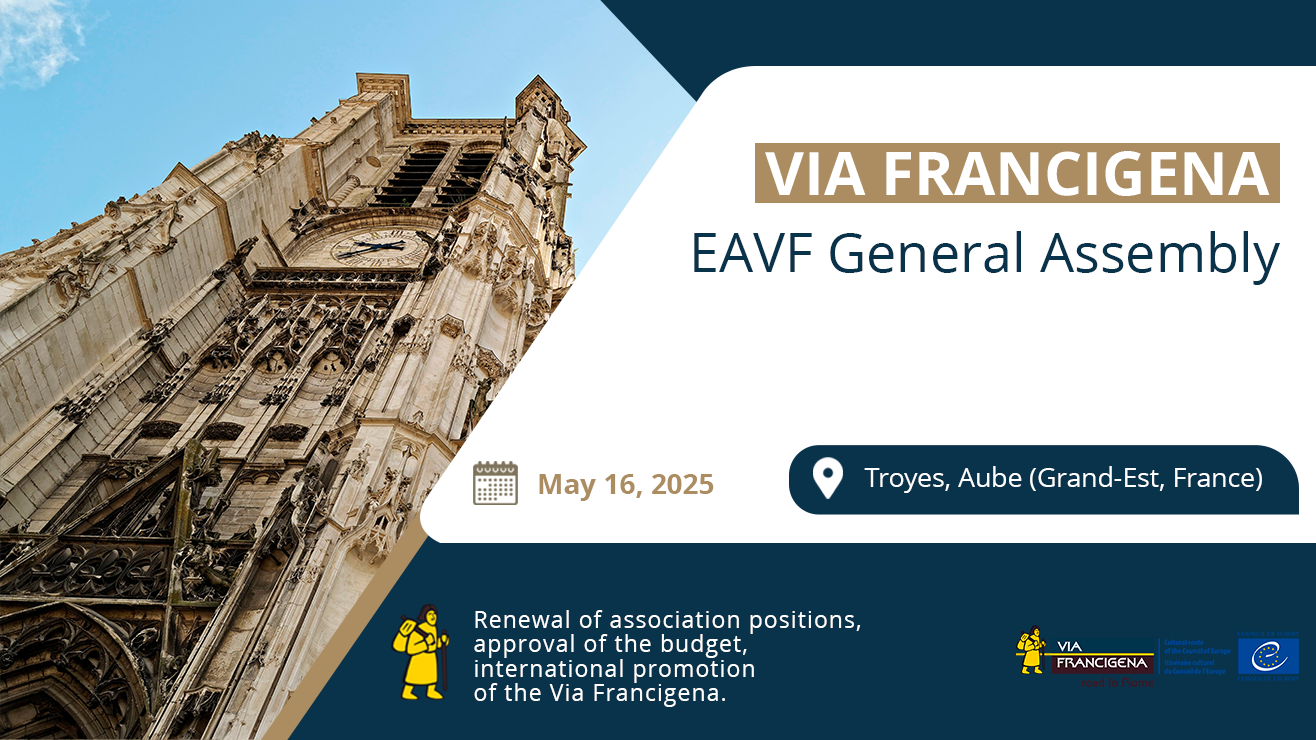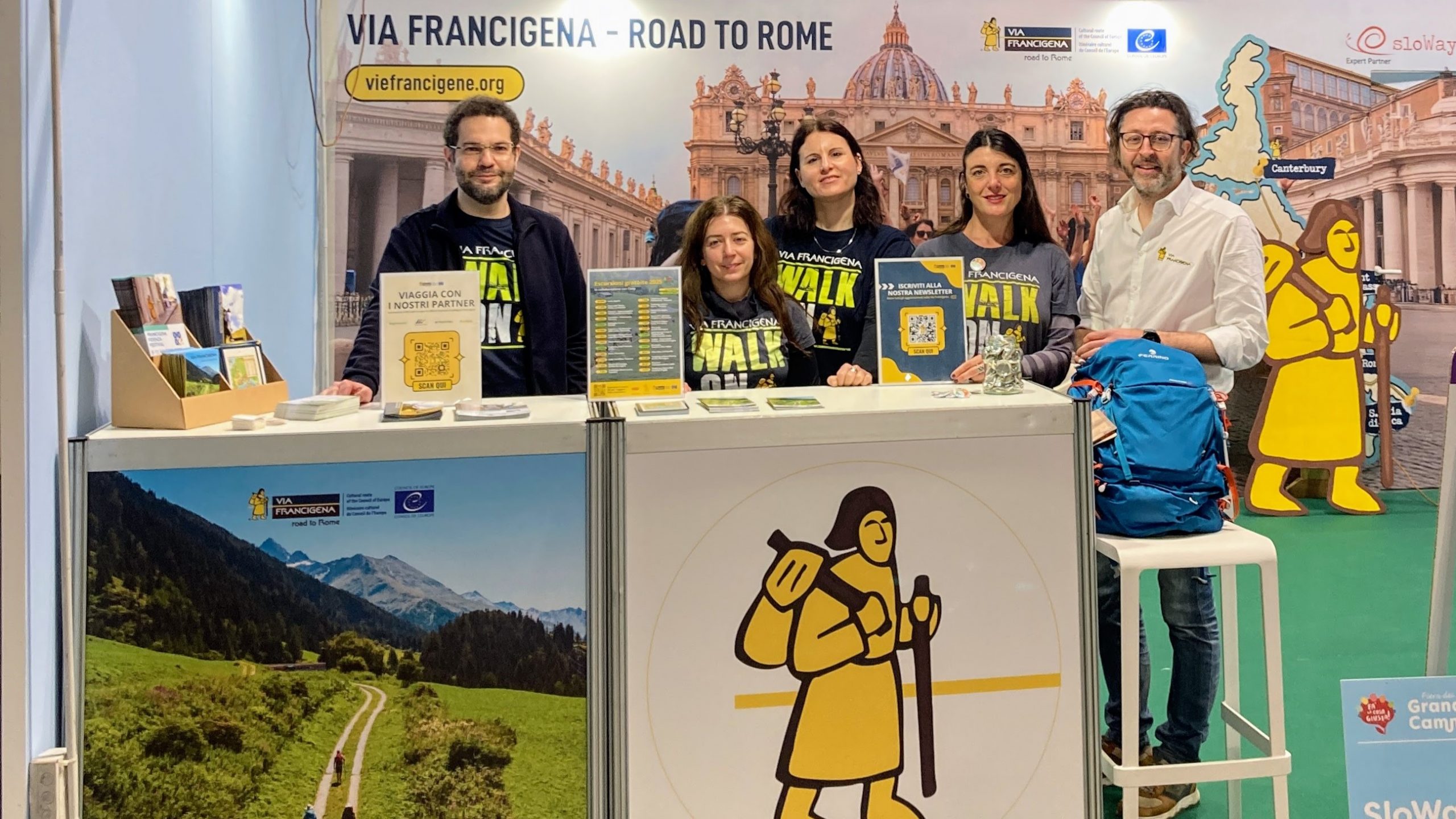On Sunday 9th February, at the Regione Piemonte‘s stand, AEVF participated in the BIT (International Tourism Exchange) at Rho Fieramilano for a meeting focused on the future of slow and sustainable tourism along the Via Francigena.
The historic route connecting Canterbury to Rome, a symbol of a centuries-old tradition of pilgrimages and walking journeys, reaffirms its pivotal role in the sector and among trekking enthusiasts, positioning itself as an example of inclusivity and sustainability.
Key Figures and Topics
During the meeting, moderated by Gabriele Garofletti, Live Content Creator (@iosonogaroflex), Barbara Bellini, Head of Tourism Promotion for Regione Piemonte, Franco Grosso, National Vice President of the Rete dei Cammini, and Luca Bruschi, Director of the European Association of the Via Francigena Ways, discussed inclusivity, sustainability, and the expansion of tourism that is increasingly shifting towards ecological and conscious practices.
The discussion highlighted the importance of accessible tourism along the Via Francigena: Regione Piemonte has been working on this theme for years, with significant results achieved through the “Via Francigena for All” project, funded under the PNRR funds.
The hope is that more regions will follow the example of Regione Piemonte, sparking a positive trend towards inclusivity.
The Role of Social Media in Slow Tourism
Another key topic discussed during the meeting was the growing interest in the Via Francigena, which has seen significant growth in recent years. This success is also attributed, as Luca Bruschi points out, to word-of-mouth via social media, which has led to a true “renaissance” of slow tourism. The younger generations, particularly Gen Z, have promoted a return to naturalness, stripping away the glossy images we’ve been accustomed to, making them as “real” as possible, and as a result, the concept of travel has taken on a new form.
In this context, the Via Francigena reaffirms itself as one of the most sought-after destinations for those seeking a deeper connection with places and an authentic, slow travel experience. The event confirmed that the Via Francigena is not only a physical destination but also a transformative experience that promotes tourism respectful of the environment and people, increasingly appreciated by the new generation of travellers.
The meeting also provided an important opportunity to explore the European projects in which AEVF is involved, particularly HIKE – aimed at promoting healthier lifestyles through hiking along Europe’s cultural and historical paths – and DETOUR – focused on enhancing small and medium-sized businesses located along the Via Francigena and other routes in Europe.
